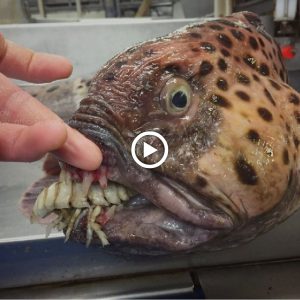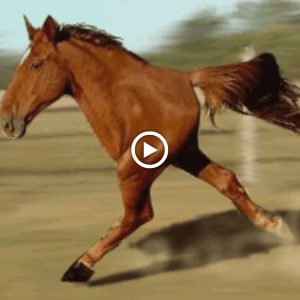Have you ever thought of what could be the longest animal living on earth? The blue whale? Or a giant squid? No way.

The giant siphonophore, Apolemia, in a UFO-like feeding posture has just been recorded on an expedition of Australia’s Ningaloo Canyons. Image credit: Schmidt Ocean Institute
Scientists have just found a 46-metre-long siphonophore – a gelatinous, stinging, string-like animal – lurking 625 metres under the sea off the Western Australian coastline.
The discovery came from a deep-sea expedition led by the Schmidt Ocean Institute that has turned up 30 potentially new marine species, including the protracted siphonophore that’s thought to be the longest animal ever observed.

The expedition found several other species that may be new to science. Image credit: Greg Rouse Scripps Oceanography/Nerida Wilson/FK200308 team
So far, the blue whale was thought to be the longest animal on this planet with its 100 feet (30 meters) length, but this guy is 50 feet longer! What is more, its full length is still unknown.
“The entire creature is much, much longer. The crew is estimating it to be more than 120 meters in total length – possibly over 390 feet long,” said Logan Mock-Bunting, a spokesperson for the Schmidt Ocean Institute.
Siphonophores are related to jellyfish, and like jellies, they are predators. They use their stingers to feed on plankton, like copepods and krill. However, some siphonophore species can also handle larger prey, like fish.

There are more than 180 known species of siphonophores, which generally reach over 40 meters. (Schmidt Ocean Institute/Instagram)
In fact, siphonophores aren’t really one animal, but rather a connected colony of genetically identical pieces, which account for their “string-like” shape.
Yes, they are genetically identical, as if there were hundreds or thousands of you in a string. These “individual” members that make up a siphonophore colony are called “zooids”. They cannot survive on their own, but together, they become a stringy, or rather, stingy, siphonophore.

Different types of Siphonophorae. These guys come together to kill. Source
Even though being genetically identical, the zooid building-blocks of a siphonophore colony are not all the same despite sharing the same DNA. Nope, each zooid has a specific role in the colony: there are the ones that sting, wile others just swim, or eat, for that matter.
Those different, specialized zooids arrange themselves in a specific, repeated order within the colony, much like beads on a string. The pattern of zooids is the same between members of the same siphonophore species, but the order differs between species.
What these zooids have in common, however, is that they make up what may be the longest animal on our planet.
Just look at this:
An excessively remarkable species, isn’t it?
Sources: 1, 2, 3, 4, 5





